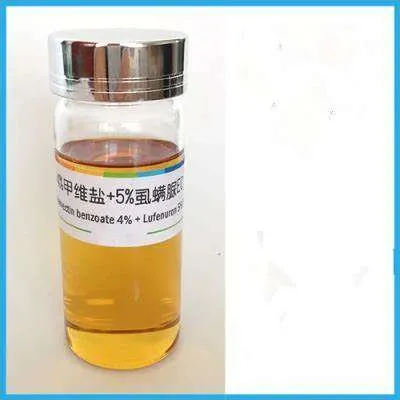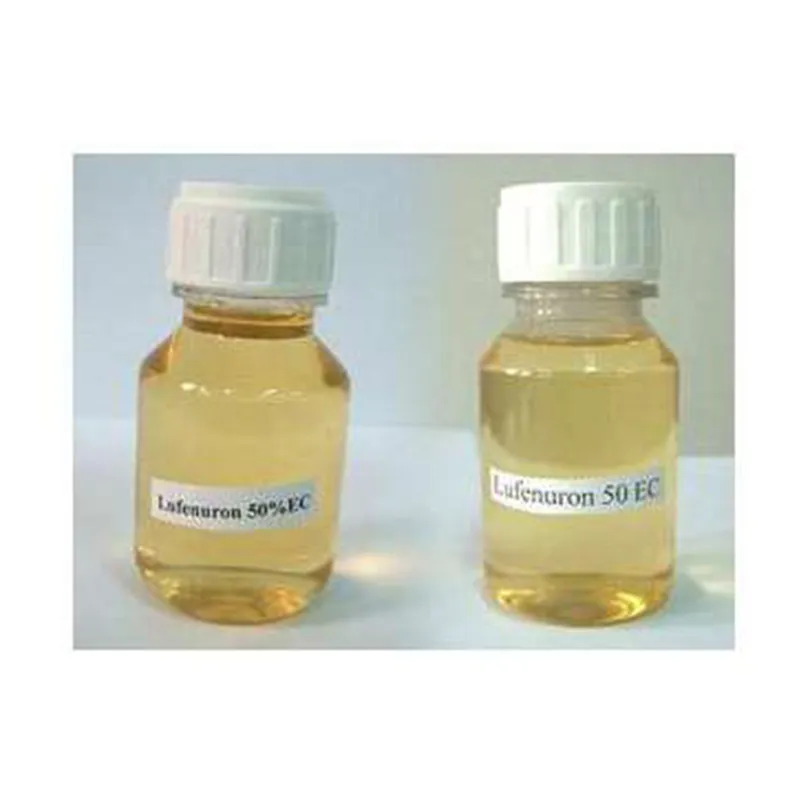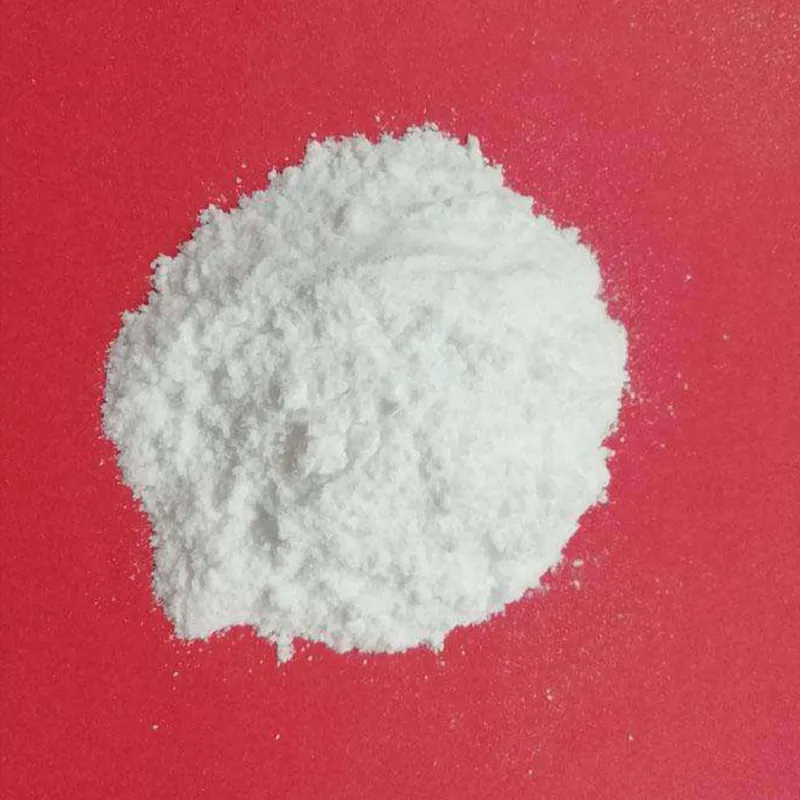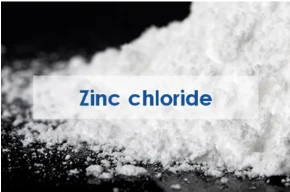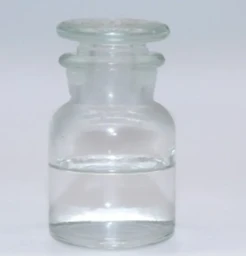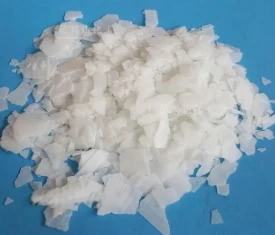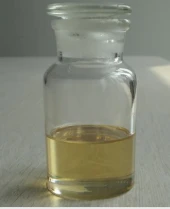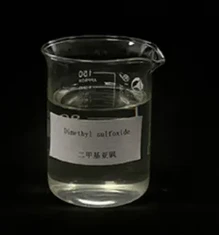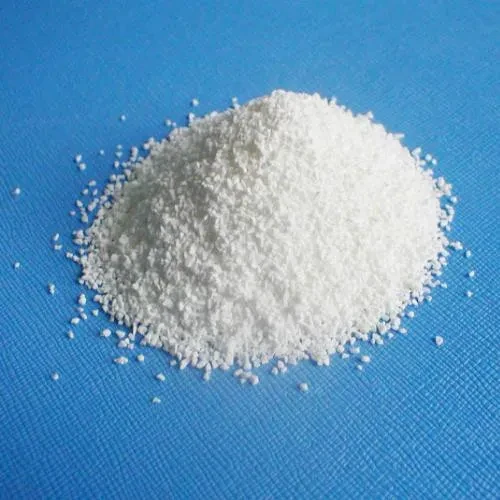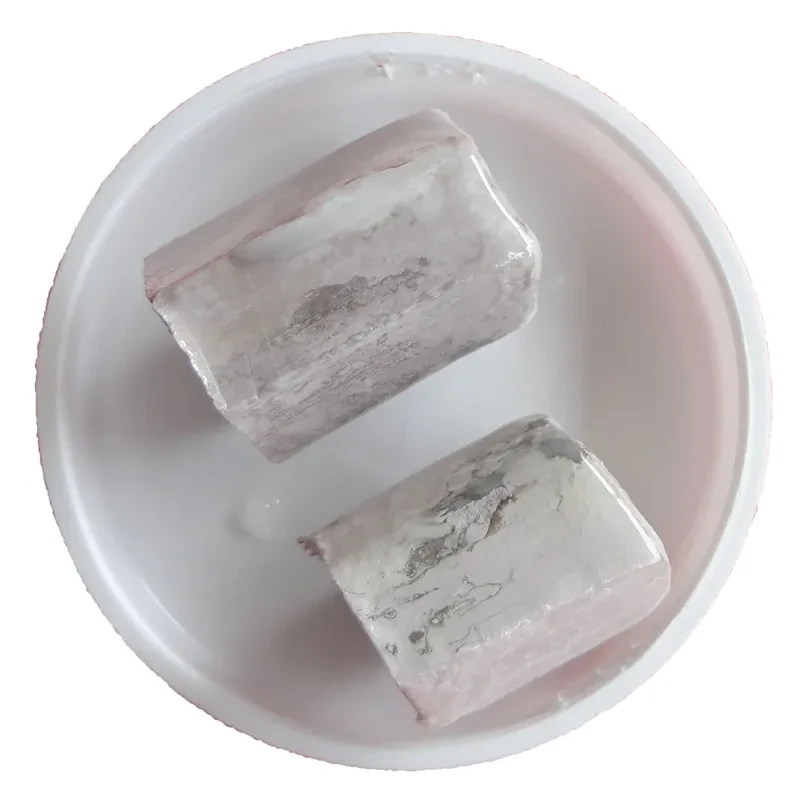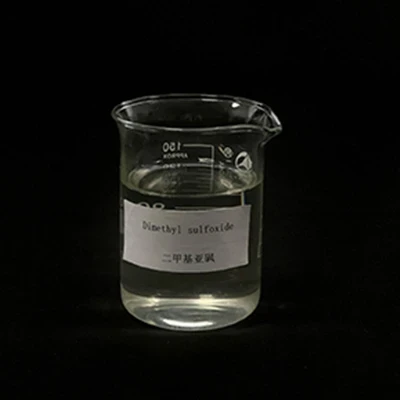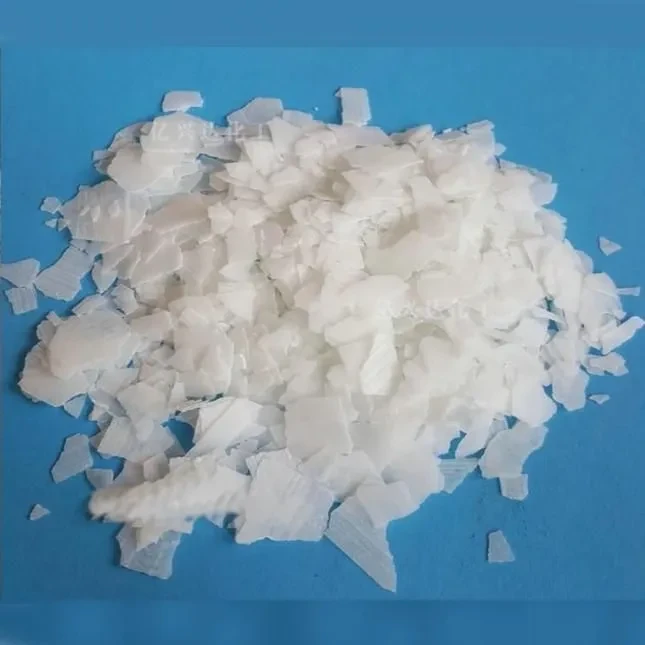CAS-Nr.: 103055-07-8
Molekularformel: C17H8Cl2F8N2O3
Molekulargewicht: 511,15
|
Schmelzpunkt |
174.1° |
|
Dichte |
1.631±0.06 g/cm3(Predicted) |
|
Dampfdruck |
<0.4 x10 -3 Pa (25 °C) |
|
Flammpunkt |
170 °C |
|
Lagertemp. |
0-6°C |
|
Löslichkeit |
100 mg/l in organischen Lösungsmitteln bei 20 °C |
|
bilden |
Solide |
|
pka |
8.49±0.46(Predicted) |
|
Wasserlöslichkeit |
<0,06 mg l-1(25 °C) |
|
Farbe |
Cremeweiß bis Hellgelb |
|
Symbol (GHS) |
|
|
Signalwort |
Warnung |
|
Gefahrencodes |
Xi;N,N,Xi |
|
RIDDAR |
3077 |
|
WGK Deutschland |
2 |
|
Gefahrenklasse |
9 |
|
Verpackungsgruppe |
III |
|
HS-Code |
29242990 |
Beschreibung
Lufenuron is an insect development inhibitor of the benzoylphenyl urea class. It demonstrates activity against fleas that have fed on treated cats and dogs and become exposed to lufenuron in the host’s blood. Lufenuron also has activity by virtue of its presence in adult flea feces, leading to its ingestion by flea larvae. Both activities result in the production of eggs that are unable to hatch, causing significant reductions in flea larvae populations. The lipophilicity of lufenuron leads to its deposition in adipose tissues of animals from where it is slowly released into the bloodstream. This permits effective blood concentrations to be maintained throughout the recommended oral dosing interval of 1 month.
Anwendung
Lufenuron wird zur Bekämpfung von Schmetterlings- und Käferlarven auf Baumwolle, Mais und Gemüse sowie von Zitrus-Weißen Fliegen und Rostmilben auf Zitrusfrüchten eingesetzt. Es wird auch zur Bekämpfung von Flöhen bei Haustieren und Kakerlaken in Häusern eingesetzt. Lufenuron ist zur Bekämpfung von Flohpopulationen bei Hunden und Katzen ab 6 Wochen zugelassen.



